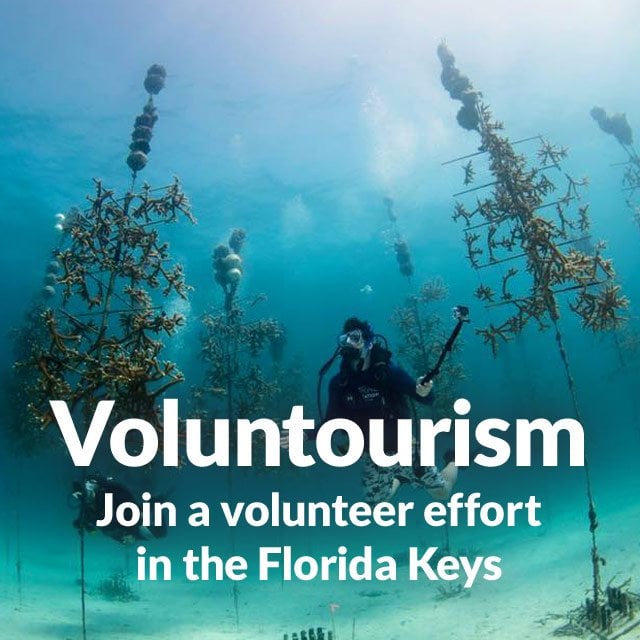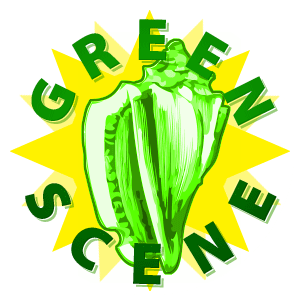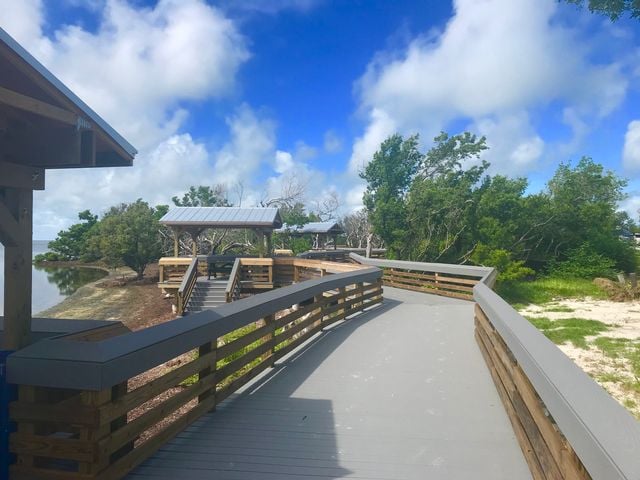Eco-Experience Bucket List: Upper Keys
Every day is an adventure in the Florida Keys, where the subtropical climate and scenic natural settings create the perfect backdrop for eco-adventure activities such as exploring mangrove wilderness, tropical hardwood hammocks and rainforest areas or strolling along sandy beaches.
In the Upper Keys, backcountry waters fringe a treasured national park where it’s easy to experience unparalleled offshore watersports amid the vast openness of the island chain’s abundant natural environment. Put one (or all!) of these "unplugged" Key Largo and Islamorada eco-experiences on your bucket list.
Hike one of the United States’ largest tracts of West Indian tropical hardwood hammock. The 2,683-acre Dagny Johnson Key Largo Hammock Botanical State Park is home to 84 protected animal and plant species including the Key Largo woodrat, American crocodile, wild cotton and mahogany mistletoe. The park features over 6 miles of trails, including a half-mile paved section at the main entrance at State Road 905, a half-mile north of the intersection of the Florida Keys Overseas Highway and mile marker 106. floridastateparks.org/parks-and-trails/dagny-johnson-key-largo-hammock-botanical-state-park
Snorkel the United States’ first undersea park. John Pennekamp Coral Reef State Park covers 70 nautical miles and is listed on the U.S. National Register of Historic Places. Located at mile marker 102.5, it’s famed for glass-bottom boat, snorkel and dive tours to surrounding coral reefs — and to the iconic nearby Christ of the Deep statue. With arms uplifted in a gesture of invitation, the 9-foot statue is considered an embodiment of peace and understanding among mankind. Visitors from around the world come to view and photograph the figure that rests in 25 feet of water. floridastateparks.org/parks-and-trails/john-pennekamp-coral-reef-state-park
Fish for a flats slam: release a permit, bonefish and tarpon in one day. Florida Bay, edged by the “inner” curve of the Keys and the Florida mainland, is referred to locally as the backcountry, and is home to five of the most sought-after game fish among recreational anglers: bonefish, tarpon, permit, redfish (red drum) and snook. Savvy skiff guides have access to the bonefish- and permit-rich waters of Biscayne National Park and adhere to a steadfast catch-and-release ethic. After releasing your first two species, it’s off to the remote wilds of Everglades National Park to seek a tarpon. Add a redfish and a snook for a super slam. fla-keys.com/fishing/
Clean an undersea coral nursery tree. At the Coral Restoration Foundation’s Exploration Center at 5 Seagate Blvd. near mile marker 99.6, visitors learn the importance of the Florida Keys coral reefs — which together make up the continental United States’ only living coral barrier reef. Through the foundation’s educational efforts, recreational divers can actively participate in reef restoration dives. CRF manages the world's largest coral nurseries, raising critically endangered coral species and planting them along the reef tract. Ocean lovers of all ages can join the CRF team to help bring those reefs back to life. coralrestoration.org
Capture lionfish to help protect the Florida Keys' coral reefs. This win-win opportunity enables divers to give back to the marine environment in a hands-on way. Reef Environmental Education Foundation, whose open-to-the-public visitor interpretive center is located at mile marker 98.3,partners with the Florida Keys National Marine Sanctuary and Keys dive operators to create fishing derbies for the recreational dive community to capture and remove invasive lionfish from Keys waters. Derby divers who remove lionfish from sanctuary waters are eligible for cash and prizes while helping preserve Florida Keys habitats and ecosystems. REEF.org
Befriend herons, owls, pelicans and egrets at the Florida Keys Wild Bird Center, a nonprofit conservation center dedicated to the rescue, rehabilitation and release of native and migratory birds. The facility also provides habitat for some sick, injured and orphaned birds that cannot safely return to the wild. Stroll the walkways within the center’s Laura Quinn Wild Bird Sanctuary, located at mile marker 93.6 in Tavernier, and learn about Keys wild bird species at the education center and gift shop. missionwildbird.com
Discover a fossilized coral reef that underlies the Keys at Windley Key Fossil Reef Geological State Park. This 320-acre park at mile marker 85.5 was first formed by fossilized coral known as Key Largo limestone. Until the 1960s the park’s quarry was used to produce decorative Keystone used in walls, patios and fixtures. Walk along 8-foot-high quarry walls to see cross sections of ancient coral. Enjoy a welcome center, picnic tables, hiking trails and self-guided tours.floridastateparks.org/WindleyKey
Renew your spirit with a stroll along the boardwalk at Anne’s Beach. Lying at the southern end of Lower Matecumbe Key at mile marker 73.5 oceanside, Anne’s Beach is a locals’ favorite. It was named after the late Anne Eaton, a former resident who was instrumental in preserving its natural beauty and caring for the stretch of land for others’ enjoyment. A new, expansive handicapped-accessible boardwalk affords daytime strolls with 10 elevated shade structures, bathroom and outdoor shower.
Try standup paddling, or paddleboarding, an activity that combines mind and body relaxation with healthful exercise and a Keys eco-experience. The warm, clear, calm waters typical of summer months in the Keys allow easy exploration of the intriguing natural environment. In addition, the Keys are home to some notable paddling events.
Enjoy bird watching in the Florida Keys. Bountiful avian sightings are possible in a dozen Keys native habitat stops along the South Florida segment of the Great Florida Birding Trail, including Dagny Johnson Key Largo Hammock Botanical State Park and Long Key State Park. Birders can view migrating species such as warblers, white-crowned pigeons, year-round tidal waders and spring-nesting sea birds, terns, noddies, boobies and some unique Keys residents such as mangrove cuckoos and roseate spoonbills.
Volunteer with a Keys environmental organization. Visitors are always welcome who are interested in “voluntourism” — spending a portion of their vacation giving back to the local environment and its inhabitants. Causes range from reef restoration and beach cleanups to donating time working at a wildlife refuge. fla-keys.com/voluntourism/
Divers clean coral nursery 'trees' to remove algae and promote growth among coral fragments for replanting on the reef.
Stroll the nearly mile-long boardwalk that winds around Anne's Beach, featuring several covered viewing pavilions.








